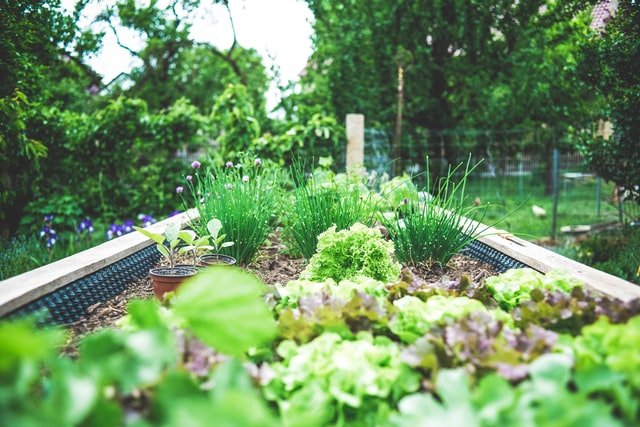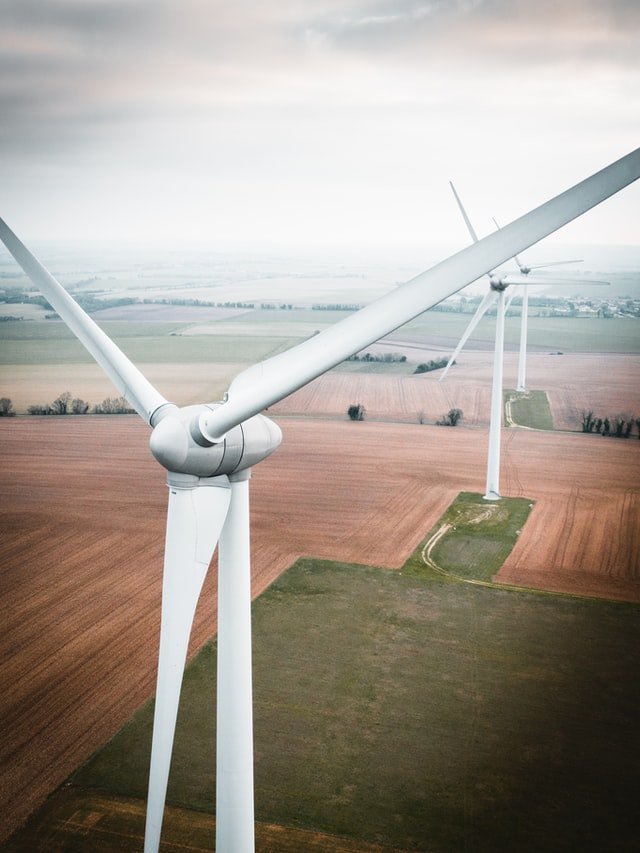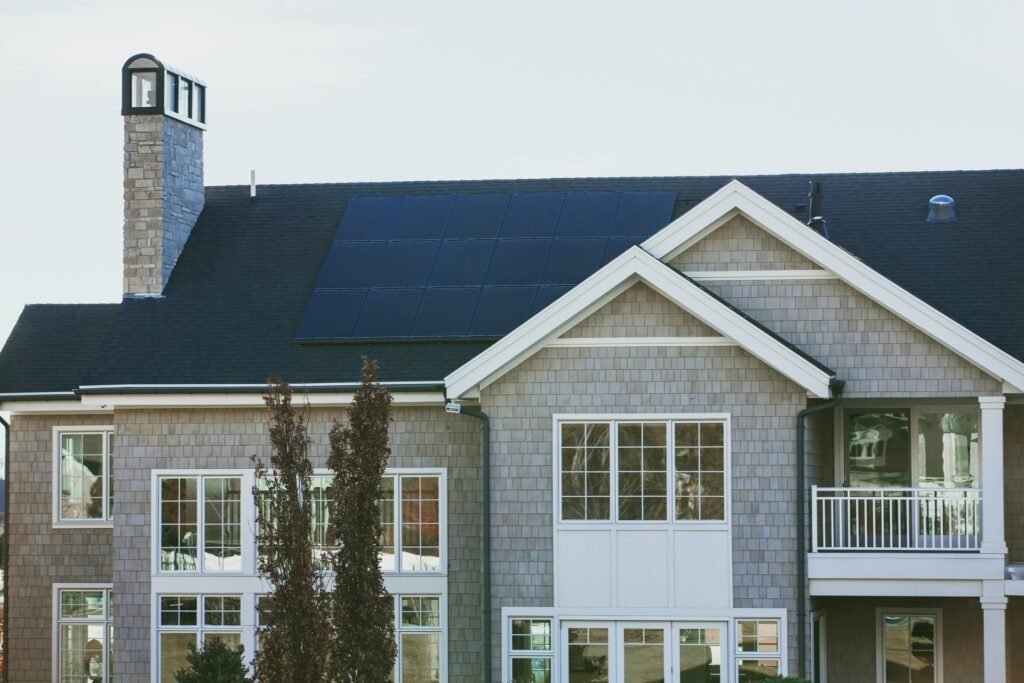
12 Tips to Craft a More Eco-Friendly Home

We’ve spent years pretending that global climate change was something we could handle “later”. Well, after all that time, we are less than a decade from the point of no return. While corporate action is crucial to make the big changes we need, it’s also important that we take what steps we can to make our lives better for the environment.
One way you can do this is by ensuring that you live in an eco-friendly home. Not sure where to get started? Our guide will show you 12 ways that you can craft a home that fights back against the forces of climate change.
-
Invest in Insulation
Heating and cooling your home is where the vast majority of your power bill goes each month, especially during the summer and winter. If there are any cracks or openings in your windows and doors, you can lose a staggering amount of climate-controlled air.
This makes your climate control work even harder, wasting energy. If you invest in proper insulation for your walls and windows, you can keep the inside of your home comfortable while slashing your energy costs.
On a similar note, you might consider investing in a smart thermostat. These thermostats are designed to keep your home at an optimal comfortable temperature while reducing energy consumption.
-
Reduce Water Usage
Even if you don’t live in an area like California or Texas that’s prone to droughts, you should do what you can to reduce your water usage.
Reduce how often you water your lawn if you can. Try to run a few large loads of laundry instead of many small ones throughout the week. Take short showers instead of long baths.
If you must use a dishwasher, use one that’s certified as an eco-friendly model. Otherwise, wash your dishes by hand.
-
Ditch Meat or Go Sustainable
Reducing your meat consumption can offer a host of nutritional benefits. However, did you know that it can also help save the environment?
Our current consumption of meat has led to unsustainable farming practices and factory farms that pollute the environment as much as any plastic manufacturer.
To reduce your personal role in this, you can cut meat out of your diet altogether. Or, if you enjoy meat too much to ever give it up, try to invest in meat from local, sustainable farmers to reduce the environmental impact.
-
Reduce and Compost Your Food Waste
American families throw out an obscene amount of food. So, one way to create an eco-friendly home is to reduce the amount of food that you waste.
You can do this by searching for recipes that use every single piece of the meat, fruit, and vegetables you’re cooking with. You can also keep a running inventory and table of the expiration dates of your food. That way, you can use it before it becomes unusable.
Then, once you’ve cooked a meal, compost the rinds and unusable pieces that remain. Composting tea bags is a great way to reduce waste and create nutrient-rich soil for your garden too. Additional info here on how you can compost used tea bags.
You can then use this compost to fertilize your garden, reducing your dependence on factory farming practices even further. No matter what you’re growing, compost mulch can offer it a nutrient-rich and supportive environment.
-
DIY and Repair Instead of Buying New
We love buying the newest, the latest, the greatest gadgets. However, in many cases, this means that we throw away functional items instead of using them until they actually break down.
We’ve also lost sight of many skills that we, as a society, once knew and took for granted. The ability to sew or at least patch our own clothes. The ability to repair our own electronics. The ability to build furniture and create art for ourselves instead of ordering something mass-produced online.
If you learn how to DIY and repair things, you can make your home more eco-friendly.
-
Ditch Harmful Cleaning Chemicals
Harsh cleaning chemicals may not be the driving force behind global climate change, but they can have devastating environmental effects. They can render the water tables near you undrinkable and slaughter the local wildlife.
When you use natural cleaning chemicals, you reduce your impact on the local environment. You also don’t have to worry about your child or pet accidentally swallowing something that can poison them, reducing the risk of harm.
Harm reduction is a key part of an eco-friendly home.
-
Cut Down on Plastic
If we had to pinpoint one driving factor influencing the global climate, it would have to be humanity’s wasteful use of plastic.
The plastic itself can leach dangerous chemicals into our food and drink. What’s worse? When it breaks down into microplastics in our oceans, it destroys the ability of oceanic life to feed and reproduce. If we lose the life that thrives beneath our waves, we could soon find our water too acidic to support marine (or any) life.
So, cut down on disposable plastics wherever possible. Use reusable containers and utensils anywhere that you can. And if you must get plastic bags or containers from somewhere, reuse them as much as possible. This can make your home a more environmentally friendly place.
-
Use Natural Light Wherever Possible
A key piece of sustainable energy practices is to use the resources we already have available to us. How many of us keep our overhead or lamp lights on, even when it’s bright and sunny outside?
We don’t need to do that. We can reduce our energy consumption by opening the blinds and curtains, allowing natural light into the rooms of our homes.
Not only will this make for a more eco-friendly home, but your space will feel nicer with all the extra light bouncing around. If your space still feels dim, even with the curtains open, you might throw some more mirrors in sunny spaces. This can reflect the light and make the space feel brighter.
-
Make Energy-Efficient Swaps Where Possible
Many of us already have appliances in our homes that were made in a time before global climate change was something everyone worried about. You should, by all means, continue to use these until they break beyond repair. However, once that happens, make swaps for more energy-efficient models.
Most modern kitchen appliances and TVs have Energy Star ratings that can give you an idea of how efficient they are. Follow these to get an idea of your total energy savings.
You should also try to swap out any incandescent lightbulbs in your home with LEDs, as these can reduce energy expenses as well.
-
Invest in Sustainable Energy
Another way to craft an eco-friendly home is to invest in sustainable, renewable energy sources. Depending on where you live, that can mean investing in wind or water power. It might mean looking into geothermal energy.
One form of green energy you can access almost anywhere is solar power. While owning solar panels may not zero out your carbon footprint, it can reduce your environmental impact.
Many mainstream power companies are already making the switch to more renewable sources of energy behind the scenes. Reach out to your electric service provider to see if they’re one of them.
-
Grow Vegetables and Herbs
If you want to make your home more eco-friendly, one of the best ways to do it is to grow vegetables, fruits, and herbs of your own. Filling your home and garden with plants, vegetables, and herbs won’t just make your home look and smell nice.
It will provide you with food that you don’t need to drive to the grocery store to buy. Food that you didn’t need to financially support factory farms and exploitative labor practices to obtain.
Ethical and safe for the environment. Now that’s delicious!
-
Use Eco-Friendly Materials in Renovations
So, you want to make an eco-friendly home while conducting major renovations to your place. The only way to make that happen is to use sustainable materials for your remodeling project. Some great material choices include, but are not limited to:
- Recycled or reclaimed steel or wood
- Mycelium, sourced from the stalk of fungi
- Cork and bamboo for walls or flooring
- Clay brick for sturdy structures
These materials, among many other reclaimed or repurposed products, can give you a more eco-friendly and sustainable home.
Want to Find More Ways to Craft an Eco-Friendly Home?
Creating an eco-friendly home takes action at all levels.
Use sustainable materials during construction and energy-efficient appliances to power it. Invest in green energy sources near you and do what you can to break your dependence on factory farms for food. Most importantly, you and your family need to find ways to reduce the amount of waste you produce.
With these steps, we may be able to slow the march of global climate change. If you want more tips to live a more sustainable life, check out the rest of our blog for more content like this.
Feature Photo by Markus Spiske on Unsplash





































